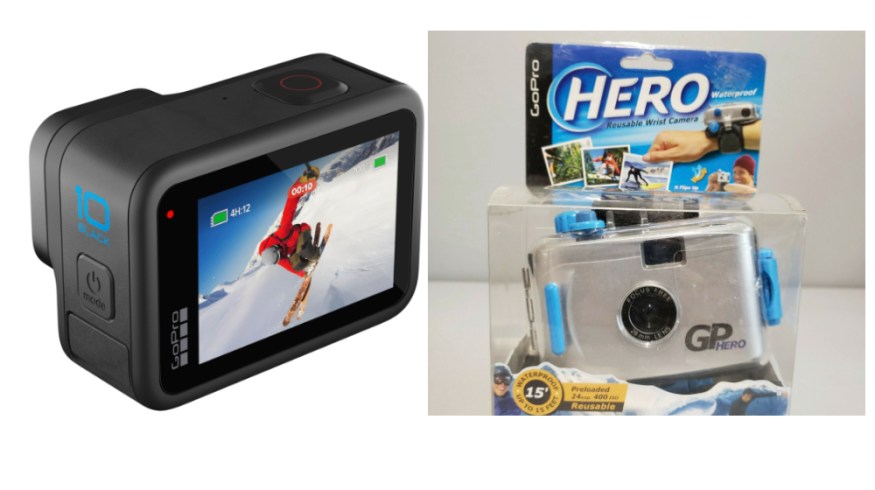
The Rise, Fall, and Rise Again of the Illustrious GoPro
As GoPro celebrates the launch of their tenth product, it’s time to look back at the rollercoaster ride of their last twenty years.
If you picture a Californian tech entrepreneur, you might think of Steve Jobs of Apple or Jim Jannard of RED cameras, but would you think of Nicholas Woodman, founder of GoPro? He actually started the company in 2002 with a typical California backstory and a loan from Mum and Dad.
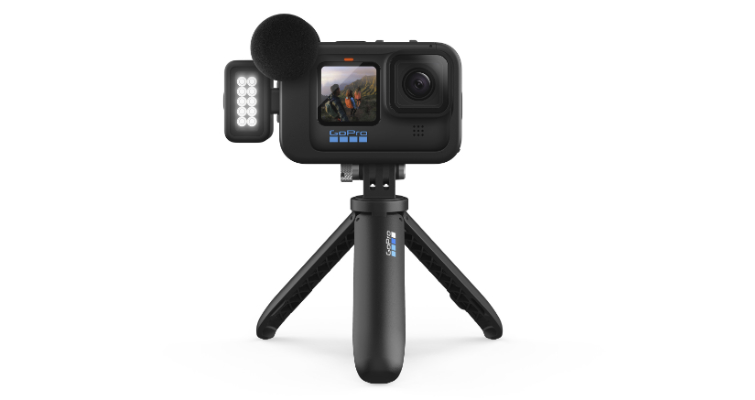
Woodman took the company to their IPO in 2014 when annual revenues topped nearly 1.5 billion dollars. But, a number of unsound investments in drone technology with their Karma product, virtual reality with their purchase of a French VR company, and chasing the 3D market maybe took their eye off selling the basic GoPro camera product.
Woodman was also a big fan of refreshing his entire product line—he did it twice. But, ultimately, sales began to slide even though innovation within the product was constant.
Were the lifestyle or action videographers turning their back on the brand that started it all off? Was the smartphone just too damn smart and ubiquitous?
2020 wasn’t a good year for anybody, but especially a brand that essentially needed you to go outside to use it. Revenue was down 25% from 2019 at $891,925.
However, a complete restructuring of the business has now turned GoPro into a direct-to-consumer retailer and it’s paying dividends.
The Surfer Businessman
In a nutshell, the story of the camera was actually the story of a camera strap to start with. Woodman was a surfer dude complete with his VW bus, but frustrated with the lack of photography tools for his passion. He wanted the “hero” action shots out on the ocean where the drama was. He also harbored ambitions of turning pro and was buoyed by his surfer friends’ encouragement to find a solution.
His first photographic product wasn’t actually a camera, but a wrist strap for a camera. It would attach to the camera, then hinge up when you wanted to take a photograph. You just pushed it back onto your wrist when you were finished.
Woodman’s initial thought was to rely on customers to use their own camera, but was soon in negotiations with Chinese manufacturers to make one for him. It was to be a basic 35mm film model, with a strap in a waterproofed plastic case as a package. (You can still buy the package on eBay today).
Not a Great Camera But a Great Concept
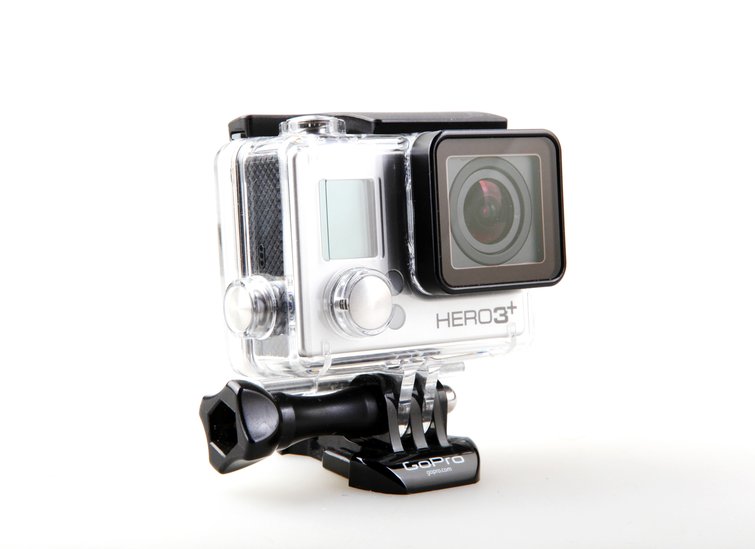
He sold the first GoPros in 2004 and ended the year with revenues of $150,000, the next year was $350,000 after he started selling on the QVC shopping channel.
Through the next few years, after finally launching a digital video camera, the GoPro HERO3 became the standard for capturing action sports.
In fact, according to IDC data, in the first half of 2012, GoPro was responsible for 21.5% of digital camcorders in the U.S., up from 6% the previous year. At the time, GoPro was America’s fastest-growing company.
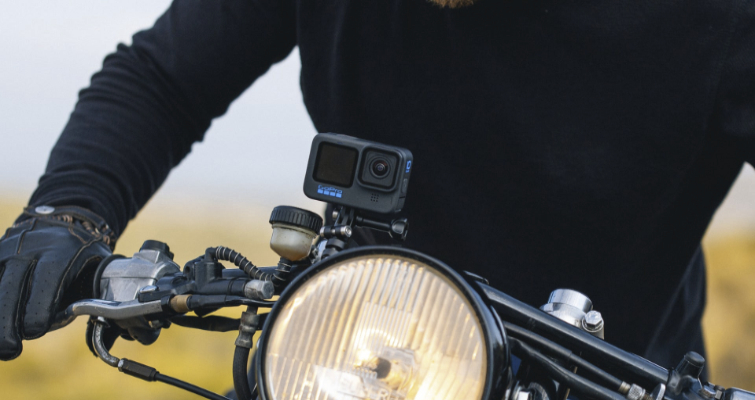
No wonder by 2013 Woodman had reached billionaire status and became the darling of Silicon Valley, with investors clamoring to buy a piece for themselves—they didn’t have long to wait.
But, the fact was that the first few GoPro cameras weren’t great products. The concept of owning your own action camera, however, was a game-changer. People bought them in multiples and the sports-action genre exploded. Nobody seemed to mind that the quality of the cameras weren’t the best, they were too busy having fun and recording it on the slopes.
The first ones looked like a compact stills camera housed in a waterproof plastic housing. It was claimed to work down to 60m. Once in the housing, you couldn’t use the audio inputs or the HDMI output. Also, there were only two buttons—one a power/mode button and the other a select/record button.
The colorimetry of the HERO2, for example, wasn’t something you’d call cutting edge. But, GoPro had doubled the resolution from the HERO1 with an 11MP sensor from the 5MP of the first model. Of course, image quality wasn’t really why people bought these cameras. Everyone bought in to the lifestyle that Woodman was peddling and sales rocketed.
Going Public
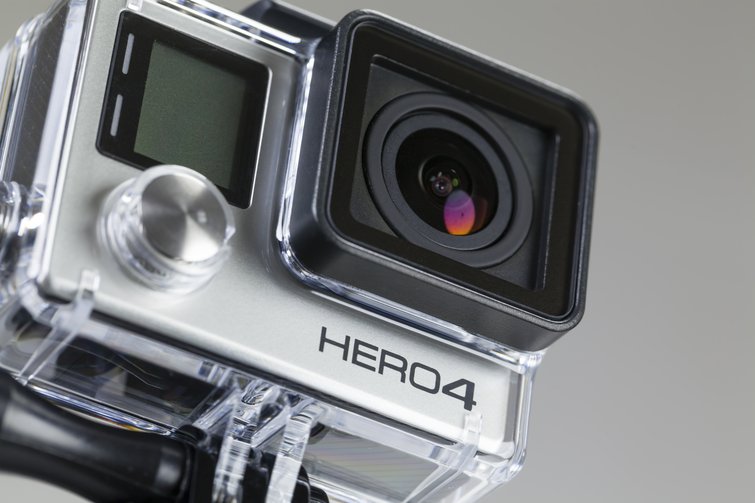
In the third quarter of 2014, GoPro went public. They posted revenue in the third quarter of 2014 of $280 million, up 45.7% compared to the $192.1 million reported in the third quarter of 2013. They’d introduced GoPro 4 earlier in the year with a 4K resolution and a 2.7K option at 50 and 60p. But, going into 2015, sales started to dip.
GoPro’s answer was to refresh the product line with the HERO4 Black as the ultimate model, but below would be cheaper versions down to the HERO at only $129.99. The HERO4 Black retailed for $499.99.
The headline figures saw a 31% drop in sales for the last quarter of the year—the all important Xmas holiday season. From the company’s point of view, there were reasons for the difference in revenue, like the trimming of the product range and the tooling charges involved with that. They also had excess inventory of the models that they’d dispensed with.
There were no real worries about the market performance as the next year would see the arrival of their drone—Karma was on the way.
The Value of Karma
2016 saw a continuation of slipping sales, but worse was to come. After a triumphant launch, their much-vaunted new Karma drone was recalled, all 2,500 of them. Apparently, in a small number of cases, Karma units lost power during operation. All units sold were sent back for full refunds. “Shipments of Karma would resume as soon as the issue is resolved,” commented GoPro.
But, come 2017, Karma was canned even though it made a re-appearance in February of that year. The official line was: “The product faces margin challenges in an extremely competitive aerial market.” The unofficial line was—DJI. The company also went through a restructuring, losing over 200 employees.
But, HERO cameras kept coming with two in 2018. An entry-level HERO for $199 and the HERO7 was launched with the first appearance of HyperSmooth stabilization and the TimeWarp stabilized time-lapse function. Revenue was down over the year but was blamed on the costs for killing Karma.
Perhaps the most interesting figure in the investor’s media pack was that the website, gopro.com, now represented more than 10% of revenue in Q4 2018, growing more than 50% year-on-year.
Setting up Shop

In 2019, GoPro enhanced their PLUS subscription model and the service became integrated in the checkout experience. For $4.99 a month, you now received damaged camera replacement, unlimited cloud storage, and 50% off mounts and accessories.
In an investment statement, you could almost hear Woodman licking his lips at the site’s potential. “We continue to see consistent global PLUS subscriber growth, and by giving our customers the ability to subscribe to PLUS when buying a camera at gopro.com, we expect to accelerate that growth,” he said to investors.
In fact, he made the company’s transition to a direct-to-consumer model official in May 2020. It gave the company a substantially reduced operating expense model, improved gross margin, and provided “a significantly lower threshold to profitability.”
By the end of the first quarter of 2020, there were 355,000 paid subscribers. By the end of the second quarter of 2021, GoPro subscribers were up 211% to 1,160,000. Overall revenue was up by 86% with gopro.com earning 35% of that with $88 million.
Pandemic Bounce
You can now tell that all marketing efforts from GoPro are targeted at cultivating even more subscriptions. If you buy the new HERO10 Black camera at gopro.com, it’ll cost $399.98 and include a one-year GoPro Subscription. If you don’t want the subscription, you pay $499.99. Basically a no-brainer purchase as you can cancel the subscription after the free year and still save $100.
So, for all you GoPro owners, the good news is that the company seems to be operating on firmer ground. The new camera has followed the drip-feed of new innovation that’s been the hallmark since the early 2000s.
GoPro certainly pivoted in 2020 and 2021 due to the pandemic, and their recent figures show a certain bounce due to lockdowns and continuing high infection rates. However, GoPro is on the rise again, and we salute them for it.
A few more inspiring articles for you:
- Should You Carry a GoPro (or Two) in Your Filmmaking Kit?
- Stabilizing GoPro Footage with the Unique ReelSteady GO App
- Royalty Free Music and Video Assets for GoPro Videos
- DJI Releases the New Mini SE Drone for Under $300
- DJI Announces New Smaller Air 2S Drone That Shoots 5.4K Video
Cover image via GoPro.





